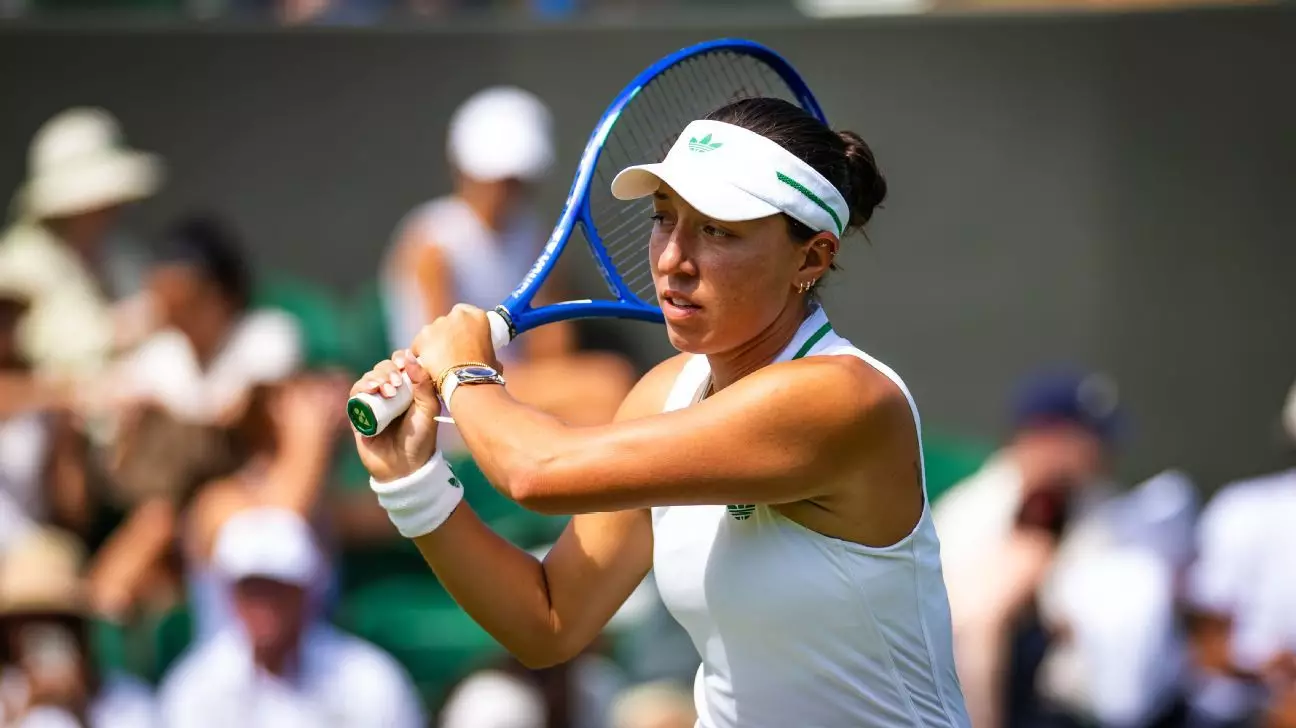The recent upheaval in the US Open mixed doubles landscape underscores a vital truth in professional tennis: adaptability is paramount. Faced with unforeseen withdrawals, talented players like Jessica Pegula and Jack Draper demonstrate resilience by quickly forming new partnerships. Instead of bowing to setbacks, they leverage their high rankings to secure a place in the tournament through strategic alliances. Pegula teams with Jack Draper, revealing that individual skill can be effectively complemented by flexible pairing. This shift highlights a broader trend: in the face of unpredictable circumstances, exceptional players maximize their chances through agility rather than rigidity.
Resilience Over Routine: Embracing Chance in a Changing Format
The revamped format of this year’s US Open doubles challenges conventional notions of stability and tradition. The newly condensed, two-day event predominantly favors singles stars rather than seasoned doubles specialists, sparking criticism from purists like Sara Errani and Andrea Vavassori. Nevertheless, this change pushes players to think beyond their comfort zones and embrace uncertainty. When Emma Navarro opts for Monterrey instead of competing, she exemplifies the willingness of top talent to prioritize opportunities aligned with their individual goals. Such decisions reflect a broader understanding that success in tennis increasingly depends on agility—adapting swiftly to format changes and seizing emergent opportunities.
The Strategic Significance of Dynamic Partnerships
In this evolving landscape, a player’s ability to form strategic partnerships becomes a critical asset. The combination of Pegula and Draper’s rankings exemplifies how players with complementary skills and high combined rankings are best positioned for success. Their rapid pairing demonstrates an astute understanding of the tournament’s new structure—maximize partnership effectiveness within short timeframes. Moreover, the direct entry of teams like Jasmine Paolini and Lorenzo Musetti through ranking performance reveals that adaptability extends beyond pairing choices; it is also about navigating an increasingly competitive field where every point and decision matters.
Implications for the Future of Doubles Tennis
This shift toward flexible partnerships and a condensed tournament schedule signals a transformative era for doubles competition. As singles players increasingly step into doubles events, the traditional boundaries between specialized specialists and versatile players blur. The tournament’s wild cards, involving legends like Venus Williams and Djokovic, reinforce the idea that experience and strategic flexibility are invaluable assets. The new dynamic suggests that future success in doubles will hinge less on fixed partnerships and more on players’ ability to innovate, adapt, and forge quick alliances—traits essential for thriving in a rapidly changing competitive environment.
The current upheaval in the US Open doubles scene exemplifies how resilience, strategic adaptability, and openness to unconventional partnerships are shaping the future of tennis. Players who embrace change, leverage their strengths dynamically, and remain open to new collaborations will likely redefine success in doubles. As the sport continues to evolve, it becomes clear that the most formidable competitors are those who see flexibility not as a challenge, but as an opportunity for growth and dominance.

